By Alex Jones
INCREDIBLE photos have been revealed detailing the fascinating lives of fighter pilots from the second World War who fought and died in the Pacific Theatre – suffering a higher casualty rate than the British Army did during the Battle of the Somme.
Stunning shots depict the brave naval airmen who put their lives on the line each time they sat in an aircraft, the poignant wrecks of planes after crash landing on deck, and remarkable shots of the heavy damage inflicted on the enemy during bombing raids.
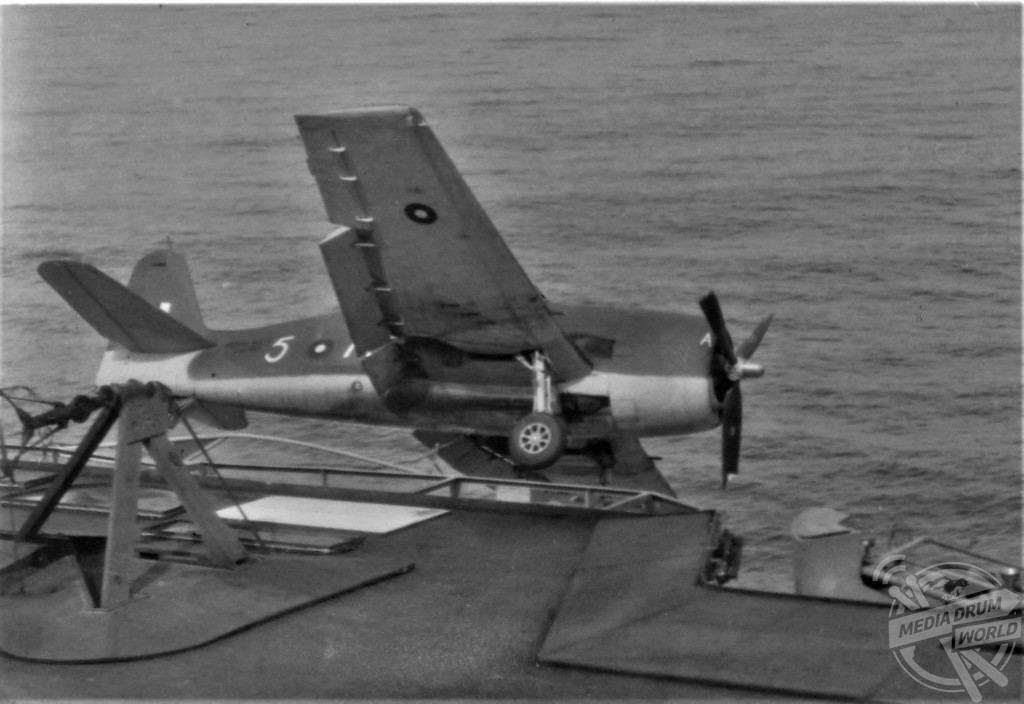
drowned. Mediadrumimages/Dick Mackie
Another heart-wrenching photo shows a young New Zealander fighter pilot who was imprisoned, tortured and decapitated at the hands of the terrifying Japanese regime and a rare close up of a kamikaze pilot winging his way towards deliberate death.
The photos are included in ex-Royal Naval officer Tim Hillier-Graves’ new book ‘Heaven High, Ocean Deep: Naval Fighter Wing at War’, a devastating account of his father and godfather’s unit, the ‘5th Fighter Wing’ who fought many prolonged, intensive aviation battles with the Japanese in the Indian Ocean and then the Pacific, from April 1944 to August 1945.
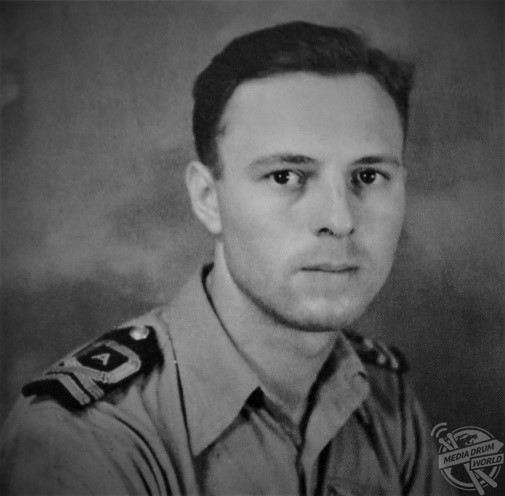
“My father and godfather had both been Fleet Air Arm pilots, though rarely spoke of their experiences,” explained Hiller-Graves, who started writing the comprehensive account of the navy’s pilots following his father’s death in the 90s.
“Both, it seems, looked to the future and the possibilities it held.
“By nature, I look backwards, so didn’t share this optimism.
“From April 1944 to August 1945 the Royal Navy backed their American allies in the Pacific and would successfully fight many long, intensive battles.
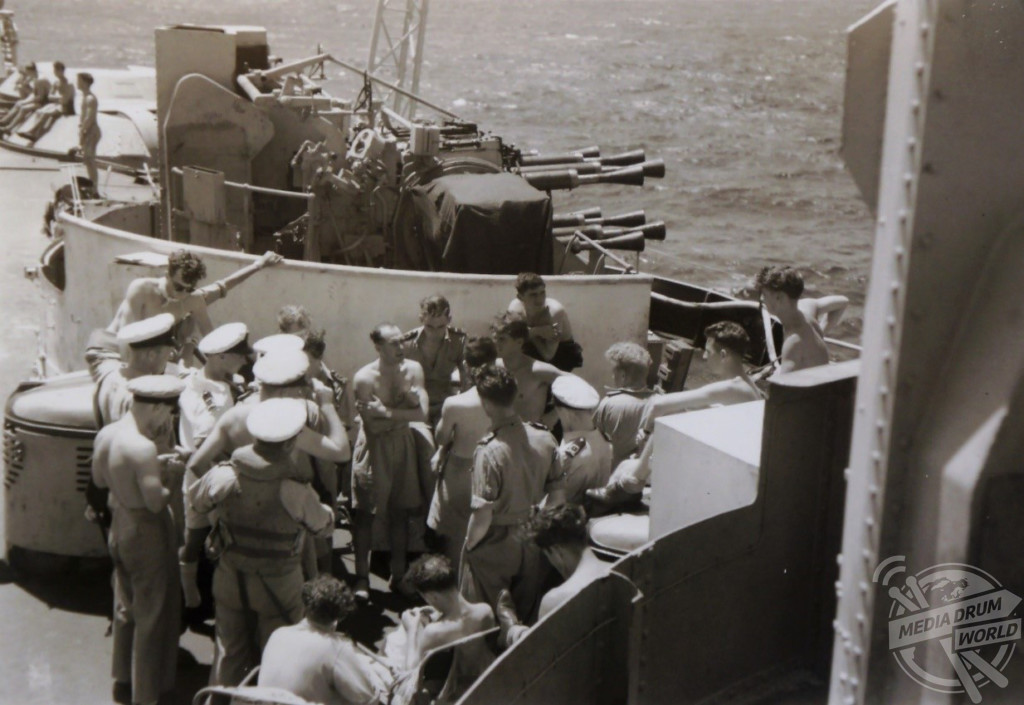
“In this time each carrier would contribute greatly to victory, none more so than HMS Indomitable with her 5th Fighter Wing.
“They would be in the thick of the fighting, achieve success and live perilously for a prolonged period, losing many men along the way.
“It was a war of attrition, which allowed little room for compassion or benevolence.”
The story of the 5th Fighter Wing is about the exceptional group of young men, from Britain, Canada, New Zealand, Holland and South Africa who joined the Fleet Air Arm as pilots.
Flying from an aircraft carrier in the Second World War was extremely dangerous, with a high likelihood of being maimed or injured. As a result, naval aviators were considered among the best of the best.
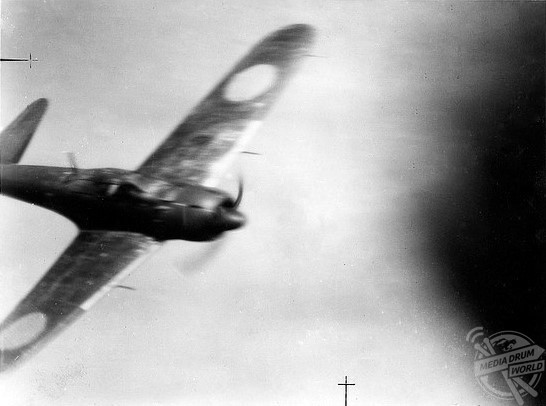
poor sense of self preservation, captures this enemy aircraft a split second before it hits. Mediadrumimages/Dick Mackie
After spending just a few months learning how to become a fighter pilot, the fighters were soon thrown into the thick of the action.
The 5th Wing went to sea in 1944 and were in continuous action, in the Indian and Pacific Oceans, from then until the last days of the war, including key strikes in Sumatra, the Sakishima Gunto Islands, on Formosa, and Japan itself.
The men involved faced tense dogfights, imprisonment in Japan’s much feared POW camps, relentless waves of suicide bombers, and heavy losses of both aircraft and men yet still fought on to have a tremendous impact on the war effort. By the end of the war, their casualty rates would exceed those incurred by the British Army during the battle of the Somme in 1916.
Hillier-Graves was full of admiration for the man who fought under such trying circumstances.
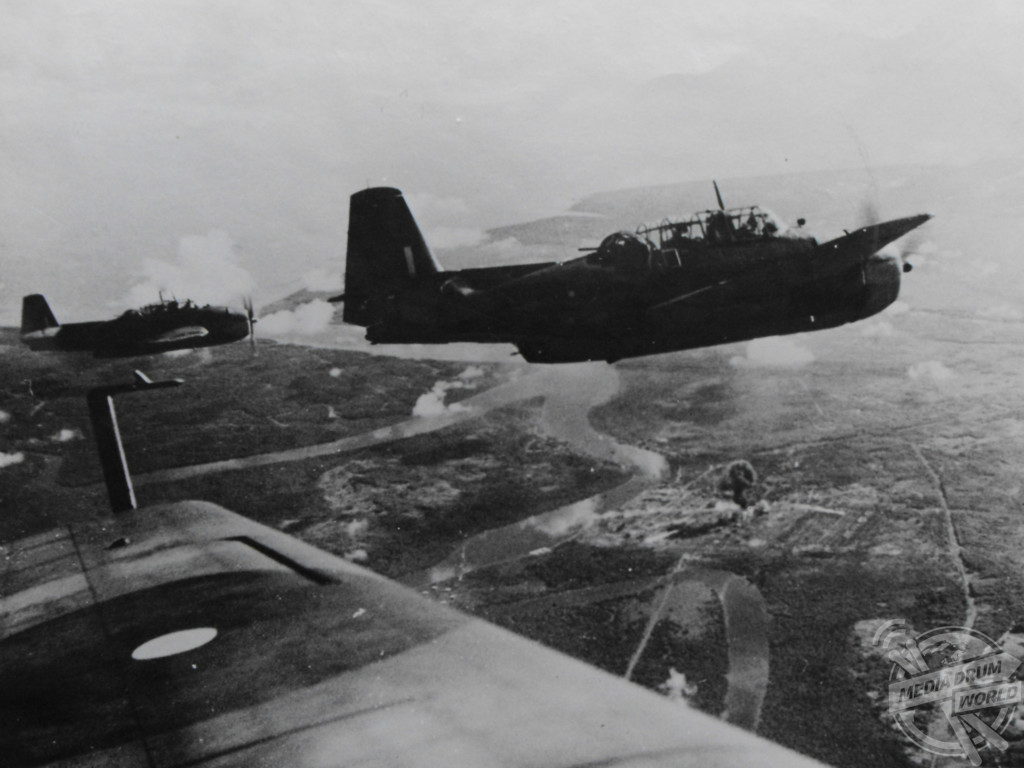
“When I spoke or corresponded with the survivors I was struck by their stoicism and their reticence in describing the dark side of all they had experienced,” he admitted.
“In an age where mediocrity is celebrated and the most mundane actions are described as ‘brave’ or ‘awesome’, it is important to contemplate the real meaning of these words.
“This is personified best by the lives and actions of these gallant men, who faced death, fought for their country, and sacrificed so much for our liberty.”
Tim Hillier-Graves’ ‘Heaven High, Ocean Deep: Naval Fighter Wing at War’, published by Casemate, is available here.






